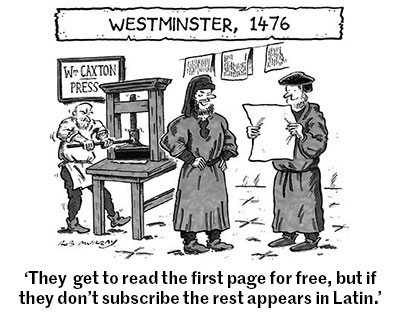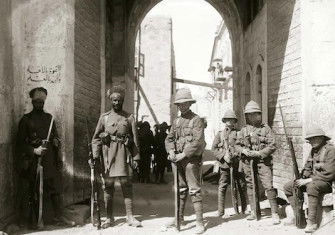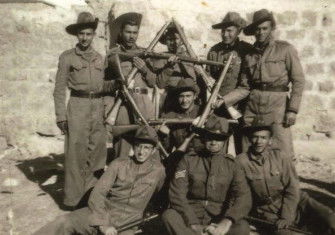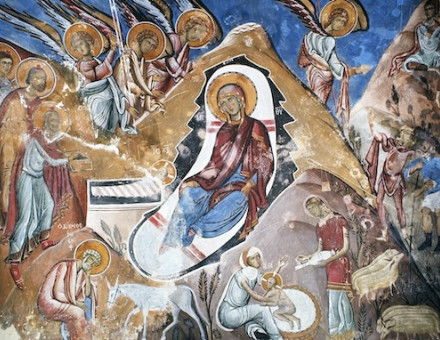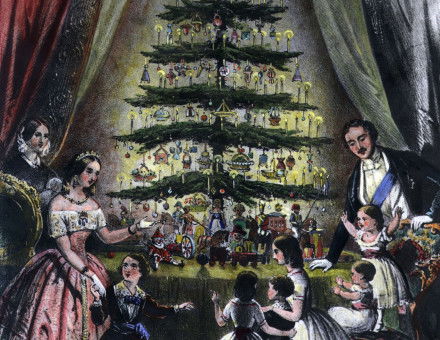The Hebrew Insurgency in Palestine
Years of armed resistance by four interlinked Zionist militia groups helped end British rule in Palestine, but led to a bitter civil war between Jews and Arabs.
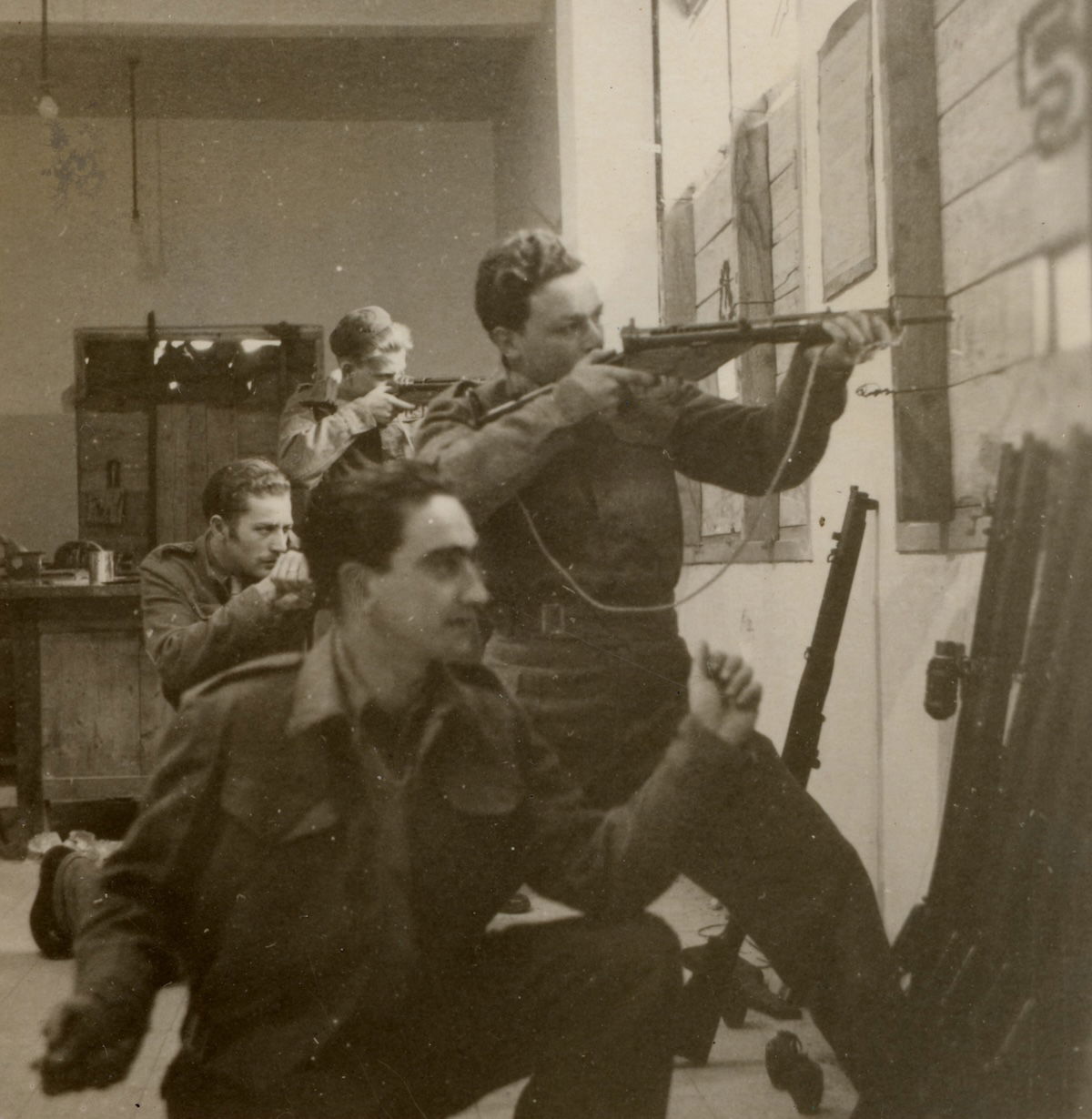
In the years between 1945 and the formation of the State of Israel in 1948, the British struggled to rule Palestine. At the centre of their problems were four highly active Zionist insurgent groups: Haganah and the Palmach, Irgun and Lehi.
Before the onset of the 1947 civil war that culminated in the creation of Israel, the Zionists’ opponents were, as well as Palestinian Arabs, the British forces who had been given a mandate to govern Palestine by the League of Nations in 1920. During this period the British placed strict restrictions on the number of Jewish refugees allowed to settle in Palestine. In 1939 a White Paper limited that number to 75,000 for the following five years, a period in which many Jews sought escape from Nazi Germany and war-torn Europe. The mandate also placed severe restrictions on Jewish land ownership.



